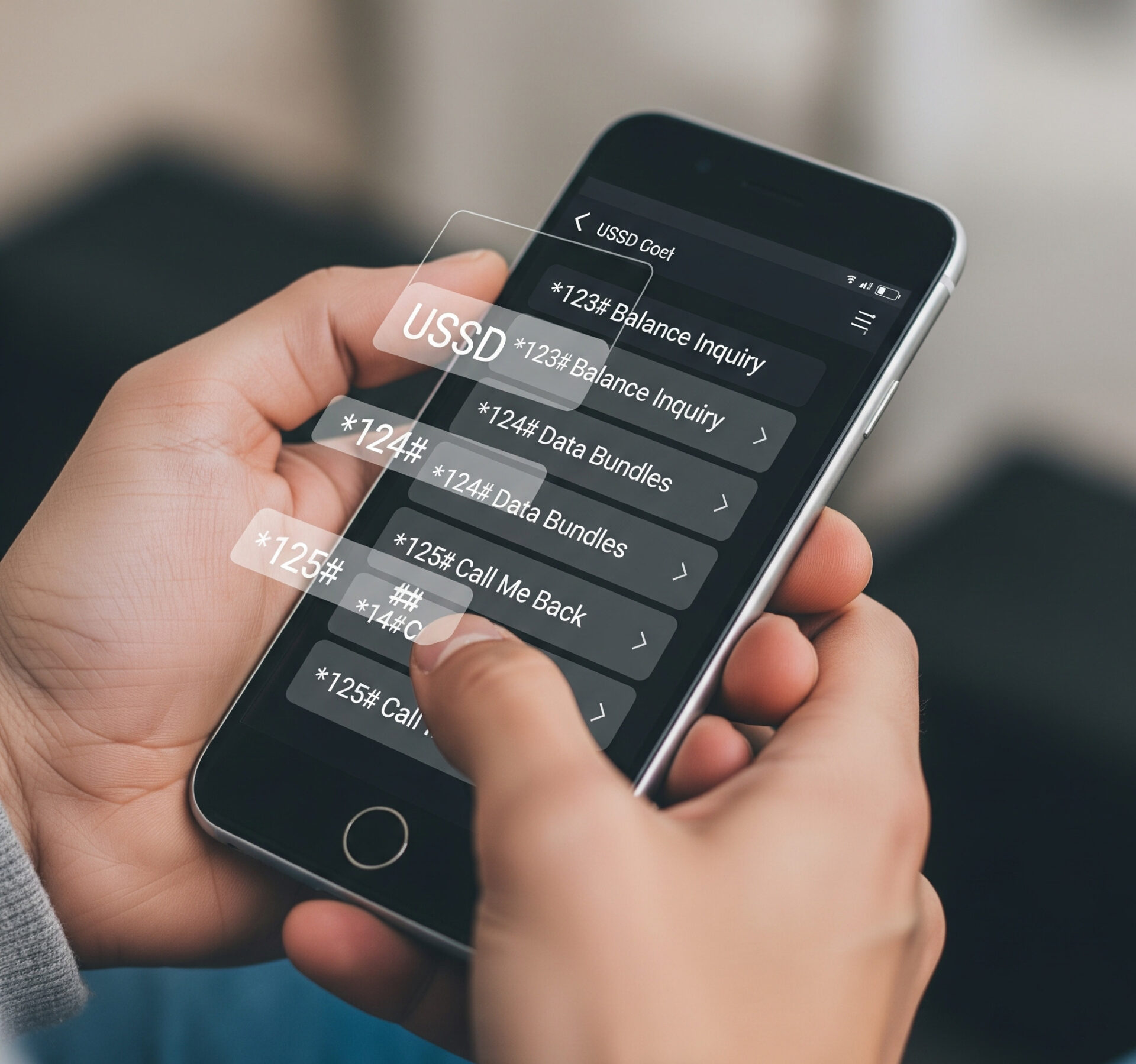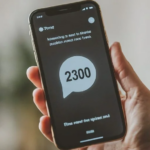T-Mobile short codes are short, easy-to-remember numbers (typically 3 to 6 digits) used for high-volume, automated communications with customers. These codes allow T-Mobile users to quickly check their account status, manage features like call forwarding and Scam Block, and receive critical security alerts.
This comprehensive guide breaks down the official T-Mobile short codes, categorizing them by function for fast, efficient self-service.

-
Account Information and Usage Short Codes
These codes, often referred to as USSD codes, are dialed on your phone’s keypad to retrieve real-time information about your plan allowances and billing status.
| Function | T-Mobile Short Code | Keypad Shortcut |
| Check Account Balance & Last Payment | #BAL# | #225# |
| Check Data Usage, Plan, & Expiration | #WEB# | #932# |
| Check Message (SMS) Usage | #MSG# | #674# |
| Check Minute Usage | #MIN# | #646# |
| Display Your Phone Number | #NUM# | #686# |
| Pay Your Bill (Over Phone) | *PAY | *729 |
| Reset Voicemail Password | #PWD# | #793# |
| Call Customer Care | 611 | 611 |
-
Security and Scam Protection Short Codes
T-Mobile’s Scam Shield feature uses specific codes to manage call and text security directly through the network.
| Function | T-Mobile Short Code | Keypad Shortcut |
| Turn ON Scam ID (Identify Scams) | #ONI# | #664# |
| Turn ON Scam Block (Block Scams) | #ONB# | #662# |
| Show Scam Block Status | #STS# | #787# |
| Forward Spam Texts to Report | 7726 | 7726 (Spells S-P-A-M) |
High-Security Verification Codes (Incoming Texts)
T-Mobile uses specific short codes for critical security functions, which are often sent to you as text messages:
- 2513: Used almost exclusively for Two-Factor Authentication (2FA) and high-security account verification (e.g., password resets, speaking with a representative).
- 456: Used for critical notifications regarding SIM card changes, account PIN updates, Port Out status, and auto-pay changes.
-
Call Features and International Short Codes
These codes manage your call flow settings directly on the T-Mobile network.
| Function | T-Mobile Short Code (Activation/Check) | T-Mobile Short Code (Deactivation) |
| Unconditional Call Forwarding (All Calls) | **21*1+PhoneNumber# | ##21# |
| Call Forwarding when Busy | **67*1+PhoneNumber# | ##67# |
| Activate Call Waiting | *43# | #43# |
| Turn ON/OFF International Roaming | #RON# / #ROF# | #766# / #763# |
| Check Device IMEI | *#06# | Universal code (no action needed) |
Frequently Asked Questions (FAQ)
What is the difference between a T-Mobile short code and an MMI code?
The terms are often used interchangeably, but generally:
- Short Code is the generic term for the 3-6 digit numbers used for business texts or internal system alerts (e.g., 2513 or 7726).
- MMI/USSD Code is the formal telecommunication term for the codes you dial on the keypad to activate a service or request information (e.g., #BAL# or *43#).
Why do I receive messages from short codes I didn’t sign up for?
There are two common reasons:
- Shared Codes: The number may be a shared short code used by a message aggregator whose clients include a company you did sign up with (e.g., your bank or a retailer).
- Scam/Phishing: Scammers can use short codes for sophisticated phishing attempts, hoping to trick you into clicking a link or replying with personal information. Always treat unexpected short code texts with caution.
How do I stop unwanted promotional texts from a T-Mobile short code?
If the text is promotional (not a security code):
- Reply: Reply directly to the text message with the word STOP.
- Report: If the texts persist, forward the entire message to the short code 7726 (SPAM) for T-Mobile to investigate and block the campaign.


